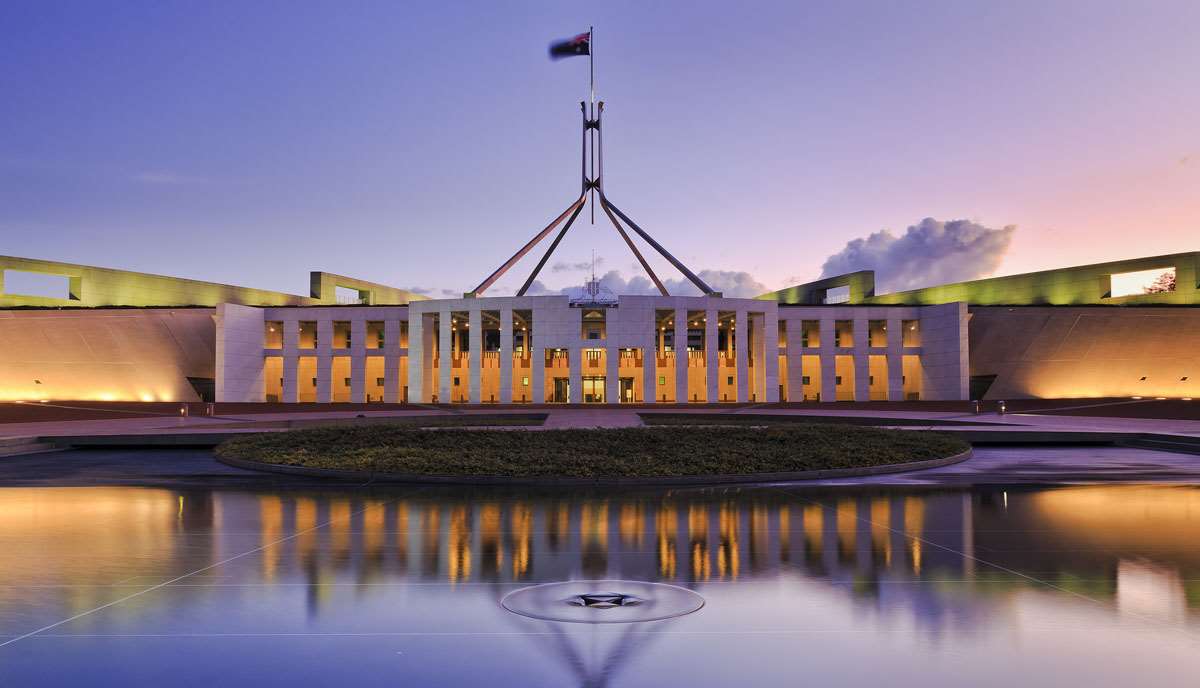
Meg Heffron
Managing Director
If we ever needed reminding that 2020 is indeed a strange year, look no further than the fact that the 2020 Federal Budget will be brought down in early October rather than the traditional “second Tuesday in May”.
To be honest I usually look forward to the Budget in the same way those kids at school used to look forward to exams – there might be a lot of work to do but this is where we’re at our best. (The sports carnival, on the other hand, was an entirely different matter.)
But this year, I hope to see absolutely nothing to talk about from an SMSF perspective in the Budget. While the minister, Jane Hume, has talked up the possibility of some “superannuation reforms”, it seems likely that these will relate to whether or not compulsory superannuation levels increase to 10% as planned and possibly changes to the rules about default superannuation choices. These won’t really impact SMSFs.
What about changes for SMSFs?
Given our unprecedented level of Government spending, eventually politicians will surely turn their minds to how to pay for it all. And it’s easy to imagine that any additional taxes raised to foot the bill might be skewed towards those who have wealth already – often SMSFs and their members. A knee jerk response by Government could well be steps such as re-introducing tax on superannuation benefits, reducing tax exemptions on funds that provide pensions, increasing tax on superannuation contributions etc.
But I’m slightly comforted by the Government’s rhetoric around growing, rather than taxing, our way to economic recovery. This is a nice political slogan but also suggests that if there are new taxes on superannuation we won’t see them in October. I suspect they will come next year at the earliest and possibly even later.
The superannuation issues I would most love to see in the 2020 Federal Budget actually have nothing to do with the current crisis. In some ways, now would be an ideal time to deal with them. They don’t really cost much (if anything) and they address inconsistencies in our system.
There are three.
Deal with residency. In an increasingly globalised world, it is ludicrous that Australians re-locating overseas face such challenges around making sure their SMSF remains classified as an “Australian Superannuation Fund” (and there are catastrophic consequences if it doesn’t). The rules make it hard, if not impossible, for SMSF members to keep making contributions to their fund while they are not Australian tax residents and even if they just keep it dormant while they are away, they are often forced put someone else (who cannot be paid) in charge of it until they return. Often the only practical solution is to wind up their SMSF. There must be a better way.
Deal with legacy pensions. We have a small and shrinking cohort of SMSF members with “defined benefit” pensions. These were set up in the late 1990s, early 2000s for very good reasons – often to do with social security or tax planning. They are very different from the more mainstream “account-based pensions” and “transition to retirement pensions” provided by the vast majority of SMSFs in pension phase and I expect there would be fewer than 5,000 funds paying them today. Superannuation rules have changed profoundly multiple times since the last time new pensions like this were available in SMSFs and yet these members are trapped in a structure they set up at least 15 years ago. I suspect the youngest SMSF member with a defined benefit pension is currently at least 70 and most would be well over 80. Let them simplify their affairs and transfer to modern account-based pensions. My colleague Alex Denham expressed this far more eloquently in her article 'Pensioners stuck in legacy products – it's time to set them free.'
Simplify indexation of the transfer balance cap. The transfer balance cap is the $1.6m limit on how much of our super we can turn into what’s known as a “retirement phase” pension over our lifetime (as the name suggests, these are the pensions paid by SMSFs to members who have retired). The limit was introduced back in 2017. At some point in the next few years this will increase from $1.6m to $1.7m. But not for everyone. Anyone who has used (say) 75% of their $1.6m limit already (by starting a pension with super worth $1.2m) will only receive 25% of the $100,000 increase. Once the limit increases, there will be 100 different possible transfer balance cap amounts for any individual. This will increase to 200 when the standard cap increases from $1.7m to $1.8m a few years later. This and other features of the system betray a classic overemphasis on limiting tax concessions for the wealthy without stopping to think about whether the additional complexity is worth it. Simplify things. Make the new, higher cap applicable for everyone. Will we really suffer terminal losses in tax revenue if every wealthy person is allowed to convert an extra $100,000 to pension phase every time the cap increases?
If I can’t have those things, I’m crossing my fingers and hoping for nothing.
To stay informed on changes to rules and legislation subscribe to our Super Companion. It's our go-to online resource and knowledge centre – we use it internally to support our staff as they navigate SMSF accounting and compliance for our clients. It's so good that we've opened it up for all – find out more and sign up here.
This article is for general information only. It does not constitute financial product advice and has been prepared without taking into account any individual’s personal objectives, situation or needs. It is not intended to be a complete summary of the issues and should not be relied upon without seeking advice specific to your circumstances.




